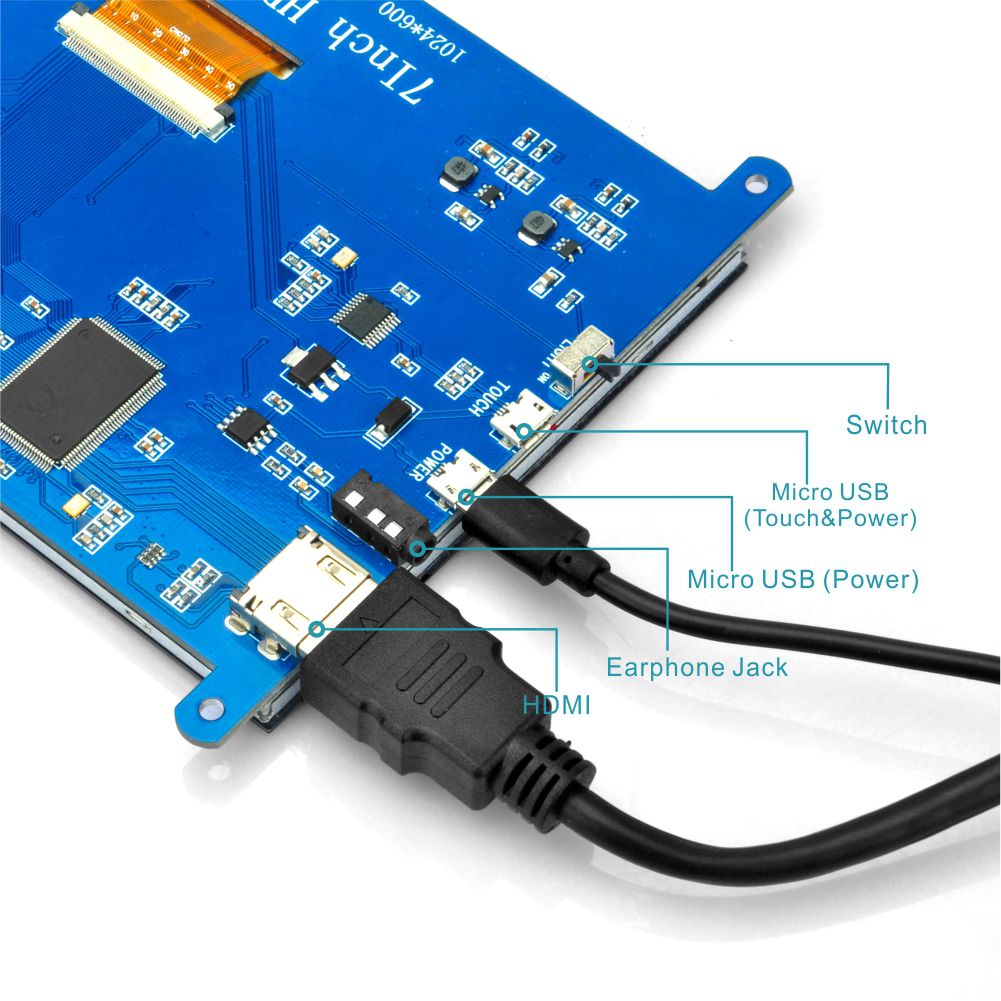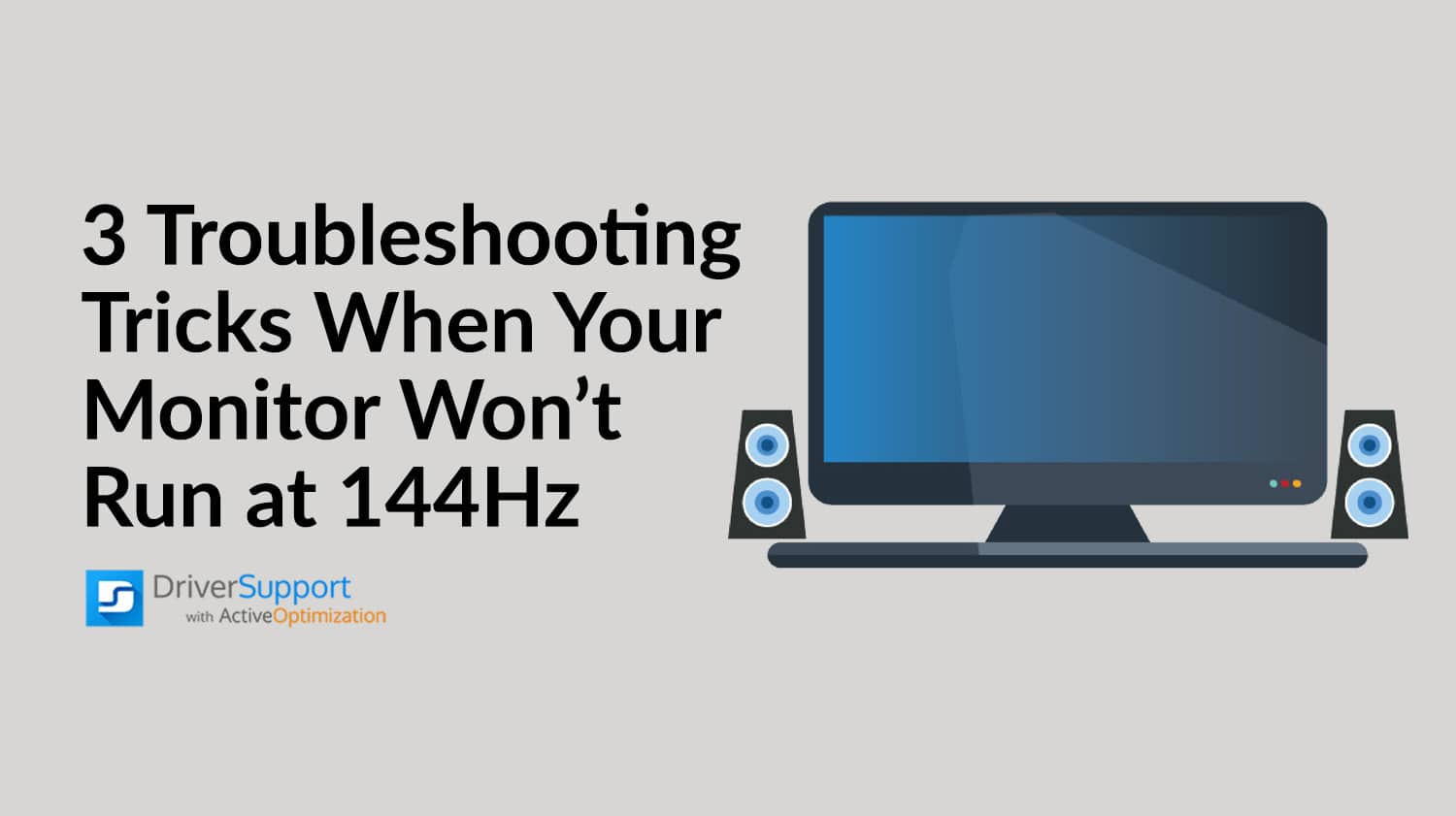Plug En Play-monitor Driver
Plug and Play (PnP) is a combination of hardware and software support that enables a computer system to recognize and adapt to hardware configuration changes with little or no intervention by a user. A user can add devices to, and remove devices from, a computer system without having to do awkward and confusing manual configuration, and without having knowledge of intricate computer hardware. For example, a user can dock a portable computer and use the docking station keyboard, mouse, and monitor without making manual configuration changes.
PnP requires support from device hardware, system software, and drivers. Initiatives in the hardware industry define standards (such as the PnP ISA definition and the PC Card standard) for easy identification of add-in boards and basic system components. This Windows Driver Kit (WDK) documentation focuses on the system software support for PnP and how drivers use that support to implement PnP.
Plug And Play Monitor Driver Windows Xp
The system software support for PnP, together with PnP drivers provides the following:
Trio Max Portable Monitor for Laptop, 14.1' Full HD IPS Display, Dual or Triple Laptop Monitor Screen, Dual-Side Sliding, USB A/Type-C Plug and Play Monitor for. A Plug and Play (PnP) start process on the display device occurs either during boot or during an upgrade from one display driver to another. In this case the driver must call the DxgkCbAcquirePostDisplayOwnership function to get information about the frame buffer and to maintain display synchronization. A Plug and Play (PnP) start process on the display device occurs either during boot or during an upgrade from one display driver to another. In this case the driver must call the DxgkCbAcquirePostDisplayOwnership function to get information about the frame buffer and to maintain display synchronization.
Automatic and dynamic recognition of installed hardware
The system software recognizes hardware during initial system installation, recognizes PnP hardware changes that occur between system boots, and responds to run-time hardware events such as docking or undocking and device insertion or removal.
Hardware resource allocation (and reallocation)
The PnP manager determines the hardware resources requested by each device (for example, input/output ports [I/O], interrupt requests [IRQs], direct memory access [DMA] channels, and memory locations) and assigns hardware resources appropriately. The PnP manager reconfigures resource assignments when necessary, such as when a new device is added to the system that requires resources already in use.
Drivers for PnP devices do not assign resources; instead, the requested resources for a device are identified when the device is enumerated. The PnP manager retrieves the requirements for each device during resource allocation. Resources are not dynamically configurable for legacy devices, so the PnP manager assigns resources to legacy devices first.
Loading of appropriate drivers
The PnP manager determines which drivers are required to support each device and loads those drivers.
A programming interface for drivers to interact with the PnP system
The interface includes I/O manager routines, Plug and Play minor IRPs, required standard driver routines, and information in the registry.
Mechanisms for drivers and applications to learn of changes in the hardware environment and take appropriate actions
PnP enables drivers and user-mode code to register for, and be notified of, certain hardware events.
PnP drivers are an important part of PnP support. For a driver to qualify as PnP it must provide the required PnP entry points, handle the required PnP IRPs, and follow PnP guidelines.
This section contains the following additional topics:
Do you want to know how to download and update the generic PnP monitordriver on your Windows computer? You have arrived at the right article because in this blog we will look at the ways in which you can do so.
Knowing how to download, install and update generic PnP monitor drivers will help you to fix any kind of monitor issues, especially after upgrading your computer’s OS to Windows 10. So, let us look at what is the generic PnP monitor and how can you install and update generic PnP monitor drivers.
What is a Generic PnP Monitor?
PnP is the acronym for Plug and Play. So, the generic PnP monitor drivers acts as a translator between the operating system of the Windows and the Plug and Play monitors.
Plug And Play Monitor Driver Windows Xp Free Download
Usually, the generic PnP monitors are pre-installed in the system that gets actively installed in the computer when it is used for the first time. However, sometimes after an upgrade, after installing some Windows updates, or due to some other reasons, the monitor may stop working properly.
What would you do if you suddenly experience issues with your monitor? The most prudent approach would be to download and update the generic PnP monitor drivers to solve the issues.
Plug And Play Device Driver
Topmost Methods to Install and Update Generic PnP Monitor Driver
If you wish to know which is the easiest and most effective solution to download and install the generic PnP monitor driver, then we would recommend you to use the Bit Driver Updater software in your quest to get the generic PnP monitor driver.
Bit Driver Updater is a splendid program that can thoroughly take care of your systm’s drivers everyday and install the most recent updates of different kinds of system drivers. Thus, ensuring that the device drivers are functioning well and your Windows PC is healthy and stable.
Click on the Download button below to get the Bit Driver Updater quickly on your computer.
Download and Install Generic PnP Monitor Driver
In the below segment of the blog, we have described manual ways and an automatic way to help you install and update the generic PnP monitor driver.
Method 1. Manual Way Using Device Manager
The generic PnP monitor driver can be downloaded, installed, and updated with the help of the Windows tool – Device Manager. The steps have been outlined below:
- Step 1. Launch the Device Manager from the Start menu.
- Step 2. In the Device Manager window, expand the Monitors section by double-clicking it.
- Step 3. Then, right click on the generic PnP monitor and choose the Update driver option from the context menu.

- Step 4. You will receive a prompt next asking if you want to “update the drivers automatically” or by “browsing the computer for driver software.”
- Step 5. You need to click the former option and the latest version of the PnP monitor driver will be searched for and downloaded by Windows.
- Step 6. You need to wait for sometime and restart the computer to finish the installation of the driver.
Read Also: How to Reinstall Audio Drivers in Windows 10

Method 2. Manual Way Using Manufacturer’s Site
You can also head to the PC manufacturer’s site to download and install the latest PnP monitor driver. You can search for the drivers of generic PnP monitors and download the driver package on your computer. Then, you can double-click the downloaded.exe file to install in on your computer.
Read Also: Best Free Driver Updater Software in 2020
Method 3. Automatic Way Using Bit Driver Updater
We have mentioned before that the quickest, simplest, and easiest way to download the latest driver updates of the generic PnP monitor by using the Bit Driver Updater software.
You need to first install the Bit Driver Updater on your computer. Then, use the tool to scan the computer to find out the faulty drivers.
Usb Monitor Plug And Play
After this, you can utilize the one-click update feature of this tool to update the PnP monitor driver instantly. The tool would download and install the driver automatically on your Windows PC.
Successfully Downloaded Generic PnP Monitor Driver
So, did you manage to download generic PnP monitor drivers with the above-described methods of this article? I do hope that you were able to do so and resolve the issue with the generic PnP monitor.
Aoc Plug And Play Monitor Driver Download
Do let us know in the comments box below if you had any troubles while following and executing the steps of the aforementioned methods to get the drivers of the generic PnP monitor.

